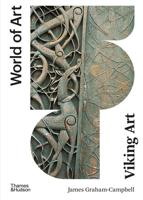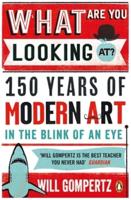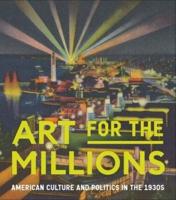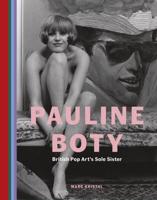Publisher's Synopsis
This book focuses on the lesser known (and admired) 'political Picasso' of the period after 1944. In the decades after joining the French Communist Party in late 1944 at the end of World War Two, Picasso produced a body of work connected directly, if in complex and varied ways, to his left-wing political beliefs and continued affiliation to a Republican Spain destroyed by General Franco's fascist victory in the Spanish Civil War. The book draws together dynamic scholars from Europe and the USA examining facets of this era and Picasso's place within it in a variety of innovative ways developing art historical, critical and social-theoretical themes. Contributors reconsider, for example, the significance and legacy of Picasso's 1937 Guernica as a talisman of quality and vanguardism for later works by the artist concerned with, for example, the US invasion of Korea in 1950 (Harris, Craven, Lopez), the Cold War atomic and ideological standoff between the West and the USSR (Morris, Wilson), the continuation of struggle against Franco's regime in Spain (Barreiro-Lopez) and connections between the avowedly political and propagandistic works and Picasso's earlier cubist, collage and surrealist periods (Cubitt, Fijalkowski). All authors pose related questions concerned with the significance of Picasso's political works today, and ask how images and personas of the artist have developed and been appropriated by many others with their own distinct political agendas. How might art today be 'political,' or not be capable of being political, in ways and with objectives that Picasso and those in his time in the 1940s, 1950s, 1960s and early 1970s would have recognised?











